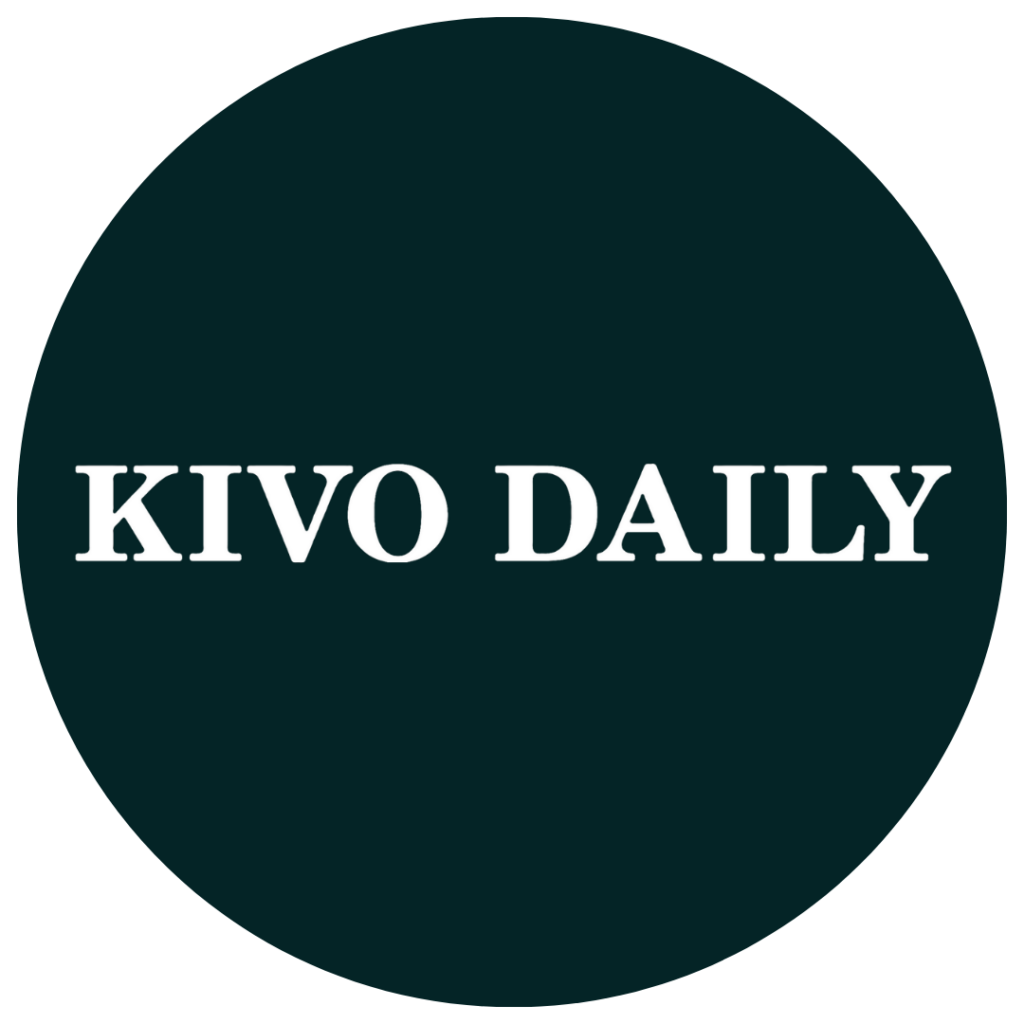Engaging the youth in financial literacy is crucial for building a financially resilient future. Today’s financially savvy generation is supported by programs like FinLitFun and Wealthy Habits, which focus on imparting practical, necessary skills through interactive and enjoyable activities. These programs provide a platform where youth can learn to manage finances effectively from an early age, laying a solid foundation for managing complex financial responsibilities in adulthood.
Partnering financial literacy education with internship opportunities presents young individuals with real-world experiences that emphasize the importance of sound financial practices. Internship programs not only provide practical work experience but also reinforce the financial lessons learned in classrooms and workshops. They bridge the gap between theoretical knowledge and real-world applications, preparing the youth to navigate the intricacies of personal finance successfully.
Empowering the youth with resources and opportunities to expand their financial literacy is key in crafting a generation capable of making informed financial decisions. By integrating educational programs with internships, young people gain a holistic understanding of managing finances wisely, which becomes an invaluable asset throughout their lives. These efforts contribute to fostering a generation poised to become responsible, economically stable adults.
Financial Literacy Internship Program Structure
The structure of a financial literacy internship program is thoughtfully designed to achieve specific educational outcomes. Each component, from program goals to intern duties, is crafted to ensure a rich learning experience.
Program Design and Goals
The internship program is structured around seasonal cohorts, such as Summer or Spring. Primary goals include enhancing participants’ understanding of financial management and fostering leadership skills. Each cohort is introduced to systemic learning modules tailored to youth needs.
Interns collaborate in project-based tasks encouraging knowledge application in real-life scenarios. This approach ensures a balanced focus on theoretical knowledge and practical skills, facilitating holistic learning. Connecting interns with mentors offers a platform for growth through informed guidance and support.
Curriculum and Learning Outcomes
The curriculum incorporates interactive elements like workshops and gamified learning. This methodology aims to engage the digitally native Gen Z audience. Core topics include budgeting, investment strategies, and financial risk assessment.
Learning outcomes are carefully mapped to ensure participants develop critical financial decision-making skills. By the program’s conclusion, interns should demonstrate improved economic understanding, capable of articulating financial concepts with confidence, contributing to their economic well-being.
Intern Roles and Responsibilities
Interns are tasked with a combination of learning and active participation roles. They engage in creating educational content, organizing workshops, and assisting in outreach programs. Such responsibilities are designed to solidify knowledge through teaching and interactive experiences.
Interns are also expected to evaluate program effectiveness by collecting and analyzing feedback. These activities cultivate analytical skills and a deeper comprehension of financial literacy values, preparing them for diverse future roles in the finance sector or similar fields.
Implementing Financial Literacy Projects
Implementing financial literacy projects involves structured planning, careful monitoring, and active community engagement. These elements work together to ensure effective delivery and meaningful results.
Planning and Execution
Project success begins with detailed planning that outlines objectives, strategies, and resources. Designing a curriculum that resonates with young audiences and addresses key financial literacy areas is crucial. Activities should incorporate real-world applications and interactive learning methods, such as simulations or games to enhance engagement.
It’s essential to set clear timelines and allocate responsibilities. Collaborating with financial experts and educational institutions can enrich content quality. Regular meetings among stakeholders, including educators and project managers, keep everyone aligned with project goals.
Monitoring and Evaluation
Monitoring progress is necessary to measure the project’s effectiveness. Setting measurable targets, such as knowledge gains or behavioral changes, guides evaluation efforts. Key performance indicators (KPIs) help track achievements against set benchmarks.
Evaluation also involves collecting feedback from participants to understand project impact fully. Surveys and interviews provide insights into the program’s strengths and areas for improvement. Additionally, assessments should be conducted periodically to refine teaching methods and materials.
Impact and Community Engagement
Community engagement is vital for broadening the initiative’s reach and deepening its impact. Involving parents, local organizations, and businesses in the process fosters a supportive network. This can include workshops for families or community events focused on financial literacy themes.
Communicating project outcomes enhances transparency and garners support. Sharing success stories, challenges, and lessons learned can inspire others to participate or replicate efforts. Engaging participants in follow-up activities helps reinforce learning and ensures lasting benefits.
Published by: Nelly Chavez










